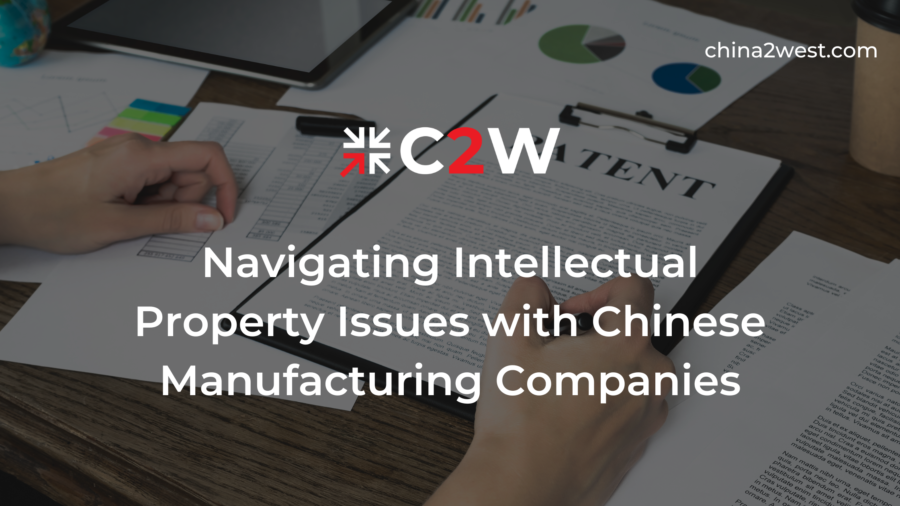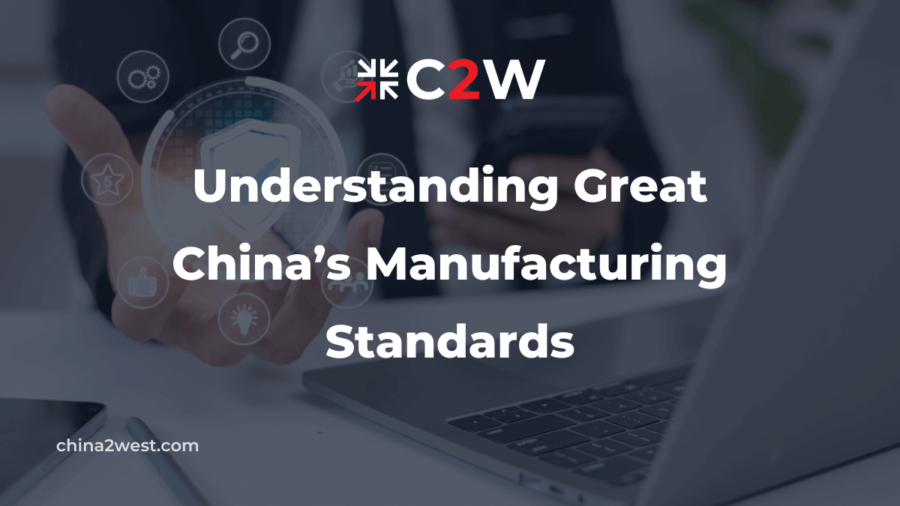China, as the world’s manufacturing powerhouse, attracts numerous businesses to its shores. But as companies flock to produce with Chinese manufacturing companies, the risk of intellectual property (IP) being exposed grows.
Protecting your IP is crucial for achieving success and maintaining a competitive edge in the global market. By safeguarding your innovations, you can thrive rather than survive.
There are tried-and-true strategies for safe collaboration with Chinese manufacturers. Keep reading to ensure your creations remain uniquely yours.
Consequences of IP Issues
China inspection services stress the importance of intellectual property. If a cargo shipment infringes on intellectual property rights, the customs clearance process slows down. If Customs confirms the infringement, they will:
- Seize the goods
- Issue hefty fines
- Investigate further
Encountering IP issues could even result in criminal prosecution if something suspicious is found during an investigation. Try to align yourself with local laws to avoid IP violations and legal complications.
Exploring Protection Measures
Before engaging with any Chinese manufacturing partner, review their:
- Track record
- Reputation
- Instances of IP infringement
Partner with manufacturers who have a strong history of respecting their clients’ IP rights. This should be a non-negotiable standard for your company.
Robust Contracts
All contracts should outline the protection of your IP. Contact legal experts familiar with Chinese IP law to draft contracts that encompass specific clauses about:
- Confidentiality
- Non-disclosure
- Non-compete agreements
The non-disclosure clause serves as an added layer of protection for your intellectual property. It stipulates that your Chinese manufacturing partner cannot use your proprietary information without written consent.
Non-compete agreements stop your partner from competing against you by using your intellectual property.
Maintaining Key Controls
To minimize IP theft risk, consider overseeing key stages of the manufacturing process. You should be the only person handling the most unique elements of your design. That way, you’ll be the only one managing such sensitive information.
Regular Monitoring
Your China quality control practices must include regular audits. Such a proactive approach can help you detect potential vulnerabilities or breaches early.
Post-Production Checks
Inspect a batch of products from the production line. This step verifies that the output aligns with the product design. Scrutinizing the finished products helps confirm that no alterations occurred during manufacturing.
Educating Staff
Your employees interact with your IP assets in various ways. Because of this, they’re potential gateways to jeopardizing your company’s IP protection. Teaching them how to guard intellectual property is vital.
Target IP training toward relevant departments, such as R&D, marketing, and sales. Ensure that the information provided is specific to each team’s interaction with the company’s IP.
Mitigating Risks
As a foreign brand owner, you must register your trademarks, brands, and patents with China’s General Administration of Customs (GACC). This will give you protection of your Intellectual Property Rights (IPR).
It helps prevent potential infringements with other brands during importation or exportation. This keeps your IPR safe. It also speeds up supply chain movements by reducing lead times for clearance.
OEM Production Orders
If you’re a local manufacturer supplying goods to foreign customers, keep an eye on the customs filing status of applicable trademarks. This is especially important when accepting production orders. Apply this method to all OEM orders involving globally established brands and trademarks.
Apart from getting official authorization from the overseas rights holder, ensure the export production entity is on an authorized list. These steps can prevent the seizure of goods during export.
Import Businesses
For import businesses in China, importers should assess the IPR status of goods before declaring them to Customs. This ensures declarations don’t contain violations and follow IPR laws.
Creating a Strong IP Strategy
If the concept is a functional and technical invention, it could be protected by a patent. China operates on a ‘first to file’ basis, making it important to file for design and utility patents before market entry. This establishes rights over your unique product designs and protects them from being reproduced.
Trademark Consideration
A trademark is a distinctive sign, symbol, name, or word that distinguishes a company’s products or services from that of other businesses. Your trademark carries the weight of your brand’s reputation and recognition.
Register an English version of your trademark and Chinese equivalents. Comprehend the cultural frameworks within which these translations function. This will protect your brand’s identity from malicious distortions.
A Note on Trade Secrets
Trade secrets are hidden information that gives businesses an advantage over their competitors. This includes practices, designs, formulas, processes, recipes, and marketing strategies that make a business unique.
It’s an often-overlooked part of IP strategies. You should register all your trade secrets for maximum protection.
Finding Reliable Manufacturing Companies
Start this process by exploring prominent online platforms, such as Alibaba or Made-in-China. These marketplaces showcase many suppliers and allow potential partners to view customer feedback.
Networking
Take part in industry-specific trade fairs in China, such as the renowned Canton Fair. These opportunities give you a chance to network with ethical Chinese manufacturers. Recommendations from other businesses can provide added assurance.
Third-Party Verification
Ensure your potential partners are credible. Use third-party verification services to check whether these manufacturers are registered businesses in China.
Sampling
Request product samples to inspect quality. You can also take this time to evaluate the manufacturer’s production skills.
Visits
When possible, plan a visit to the manufacturing facility. This lets you observe their quality control methods and operational practices. To mitigate potential language obstacles, make use of translation apps.
Certifications
The right certifications show adherence to international standards. Check for ISO Systems, CE labeling for products, and other critical industry-specific certifications.
Leveraging Chinese Manufacturing Companies
Protecting your IP is crucial when partnering with Chinese manufacturing companies. You can manage this by drafting robust contracts, maintaining key controls, running regular audits, and educating your staff. Registering with China’s GACC eliminates potential infringements and keeps your supply chain running smoothly.
At China 2 West, we assist Western companies in their transition to Chinese manufacturing. Our IP protective assembly factory has supported thousands in their journey. Contact us to minimize disruption and enjoy a seamless changeover.


